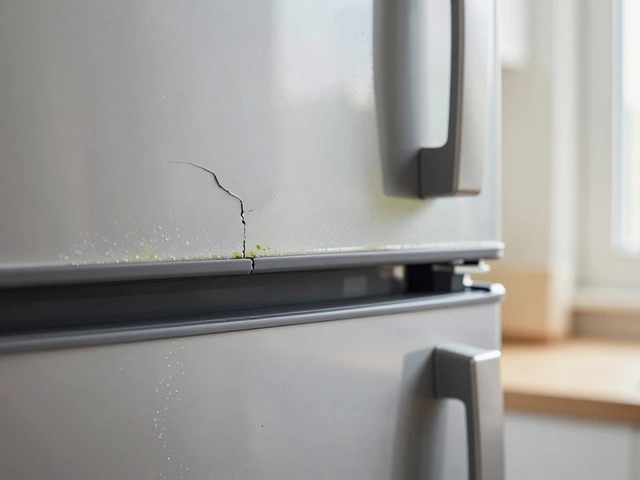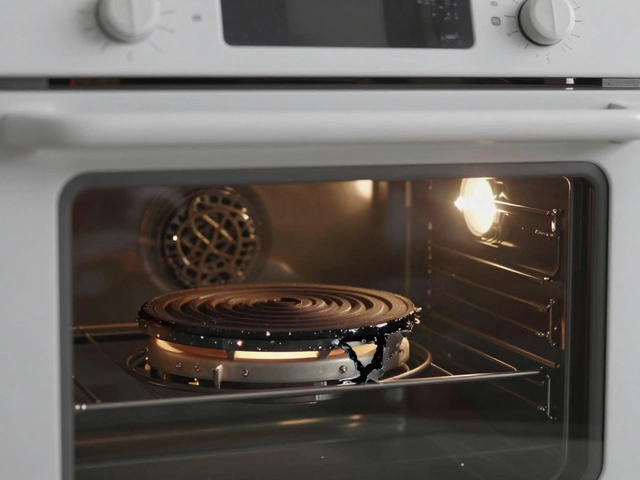Cost Analysis for Home Appliances
When tackling Cost Analysis, the systematic comparison of expenses related to fixing or replacing an appliance. Also known as expense evaluation, it helps homeowners decide if a repair is worth the spend. Another key term is Appliance Repair Cost, the price of parts, labor, and any service call fees for fixing a broken unit. Finally, Replacement Cost, the total outlay for buying a new appliance, including delivery and installation. Together, these concepts form the backbone of any reliable cost analysis.
Why Cost Analysis Matters for Home Appliances
Every homeowner faces the dilemma of fixing or tossing a faulty device. Cost analysis encompasses the trade‑off between short‑term repair outlays and long‑term operating expenses. For example, a leaky dishwasher might cost $150 to repair, but if its energy efficiency is poor, the yearly electricity bill could add another $80. Knowing the Energy Savings, the reduction in utility costs achieved by using a newer, more efficient model helps tip the scales. This relationship—repair cost versus energy savings—creates a clear semantic triple: Cost analysis influences appliance replacement decisions by accounting for energy savings.
Another hidden layer is the presence of unexpected charges. When you call a technician, the quoted price might exclude travel fees, after‑hours premiums, or disposal costs for the old unit. These Hidden Fees, additional expenses not listed in the initial repair estimate can turn a $200 repair into a $350 surprise. Recognizing hidden fees is essential because they directly affect the overall cost picture. In fact, a simple cost analysis requires identifying both visible and hidden expenses, establishing the triple: Hidden fees affect the total cost of repair, shaping the overall cost analysis outcome.
Labor rates also play a big role. Technicians charge by the hour, and rates differ between regions and specialties. A local electrician might bill $80 per hour, while a certified appliance specialist could charge $120. This variance influences the Appliance Repair Cost component of the analysis. By understanding typical labor costs in Warwick, homeowners can benchmark quotes and avoid overpaying. The connection here reads: Appliance repair cost requires knowledge of labor rates, which is a core element of cost analysis.
When considering replacement, the price tag isn’t the only factor. New models often come with warranties, better performance, and lower maintenance needs. A modern fridge might cost $1,200, but its warranty could save you $300 in future repairs. This adds the concept of Replacement Cost plus warranty value into the equation. The resulting triple: Replacement cost includes purchase price and warranty benefits, influencing overall cost analysis.
Seasonal sales and discounts also affect the bottom line. Buying a new oven during a winter promotion could shave off 20% of the sticker price. If the repair estimate sits at $250 and the discounted new unit costs $800, the cost analysis leans toward replacement. This demonstrates that cost analysis incorporates market timing, which can shift the balance between repair and replacement.
Environmental impact is another angle. Repairing extends a product’s life, reducing waste, while buying new often means more packaging and higher carbon footprints. While not always quantified in dollars, many homeowners factor this into their decision‑making. In this sense, cost analysis can broaden to include sustainability metrics, linking the triple: Environmental impact influences cost analysis by adding non‑financial considerations.
By now you should see how each piece—repair costs, replacement prices, energy savings, hidden fees, labor rates, warranties, seasonal discounts, and even environmental factors—interlocks to form a complete cost analysis. Below you’ll find a collection of articles that break down these elements for specific appliances, compare real‑world numbers, and give you the tools to decide what makes sense for your home. Dive in to arm yourself with the data you need before you pick up the phone.
Thinking about putting money into a 7 year old laptop? This article breaks down the real costs and benefits, so you’ll know if fixing your old machine makes sense or if you’re better off buying a new one. Get the facts on common repairs, the impact on performance, and what upgrades actually help. Find out how even an old device can sometimes keep up with your needs. Make a smart decision and avoid wasting your cash.


